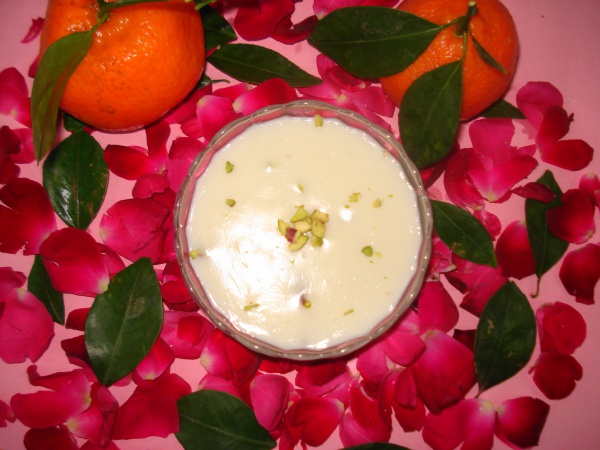Facts About Muhallebi
Muhallebi is a delightful milk pudding that traces its origins back to ancient Sassanid Persia. This creamy dessert, made with rice, sugar, rice flour, and milk, has become a beloved treat in Turkey, Israel, and across the Mediterranean.
In the Middle Ages, both muhallebi and its European counterpart, blancmange, were often made with shredded chicken. This traditional recipe is still enjoyed in Turkey today. According to legend, muhallebi was introduced to Arab cuisine in the late 7th century by a Persian cook named after the Arab general Al-Muhallab ibn Abi Sufra. Early versions of the recipe varied, including milk thickened with ground rice, milk with rice grains and chicken, and an egg custard without rice.
During the Ottoman Empire, there were two main types of muhallebi. One, featuring shredded chicken, was served during the reign of Mehmed the Conqueror. The other, a later version, was meatless and flavored with rose water. Some popular variations include tavuk göğsü, a Turkish pudding with shredded chicken, and kazandibi, where the pudding is caramelized on one side before setting. Flavorings like mastic can be added, and rice flour can be substituted with cornstarch or wheat starch.
In Israel, a similar dessert called malabi is popular, typically flavored with rose water or almond syrup and garnished with pistachios and coconut. Meanwhile, in Cyprus, mahalebi is made without milk, using water, sugar, niseste flour, and rose water.
Culinary traditions around these desserts are rich and varied. Malabi is often served in Sephardic homes on Yom Kippur and at Turkish-Jewish weddings. It's also enjoyed during the festival of Shavuot, known in the Sephardic community as the "feast of roses" with malabi traditionally topped with rosewater.

 Western Sahara
Western Sahara